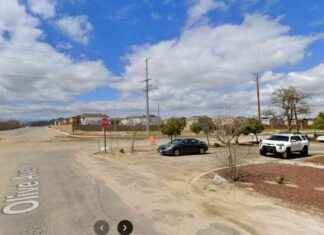With Shoah, a documentary released in 1985 and devoted to the extermination of Jews during the Second World War, Claude Lanzmann was and will remain the author of a film of exceptional scope in the history of cinema as well as in that of ideas and mentalities. This monument, immediately recognized as such, shook up its era and today we must gather our memories to understand the shock wave it caused.
First shock: the historical scope of the film, which reveals in detail to the general public the existence and process of a genocide partially hidden from collective memory since the post-war period. A slow work of reappropriation of this memory had in fact begun at the beginning of the 1960s, whether it was the holding of the Eichmann trial in Israel or the publication, in the United States, of the historian’s summation Raul Hilberg, The Destruction of the Jews of Europe (Fayard, 2003).
Second shock: the way in which the film suddenly brings this event into its most unbearable reality, against the dissimulation of the Nazis who erased its traces, against the pious forgetting of the nations who allowed it to be committed and against the trivialization of the fictions which bring it up to date, like the American soap opera Holocaust (1978). Shoah, in the same way he configures it, also names the event, as for the first time.
Eleven years of preparation
Third shock, without which all this would undoubtedly have remained null and void: the aesthetic radicality of the film. First of all, it is its titanic dimension. Eleven years of preparation, three hundred hours of film shot, nine and a half hours of projection. A literally crazy project, held by the will of a single man who devotes ten years of his life to traveling the world and archives, meeting survivors, to try to give shape to something which is, a priori, totally deprived: the industrial annihilation of six million human beings, gassed, burned, scattered to the four winds with the infrastructures which allowed the crime to take place. Filming, in a word, nothingness.
To do this, Lanzmann compares himself to a topographer. He locates, he studies, he measures, he seeks to understand and connect things together. He adopts Raul Hilberg’s maxim: “I didn’t start with the big questions because I feared meager answers. » Concretely, this translates into some intangible biases: not an archive image, not the shadow of a reconstruction, a film entirely in the present based solely on the words of direct witnesses (survivors of the commandos assigned to the gas chambers , Nazis, Polish citizens) and on the evocative power, even in their banality, of the places and landscapes of crime.
The relevance of the film, its truly educational scope on the mechanism of extermination, owes to this method which is both modest and scrupulous, which is more concerned with the how than the why. Shoah is a film which reactivates a monstrous, shameful and infinitely painful past through the force and cruelty of its staging. But it is also a work that moves deeply through its poetic art of evocation, through its way of bringing back the dead through the bodies and words of the living.






